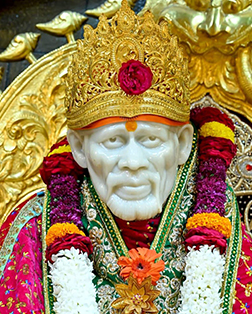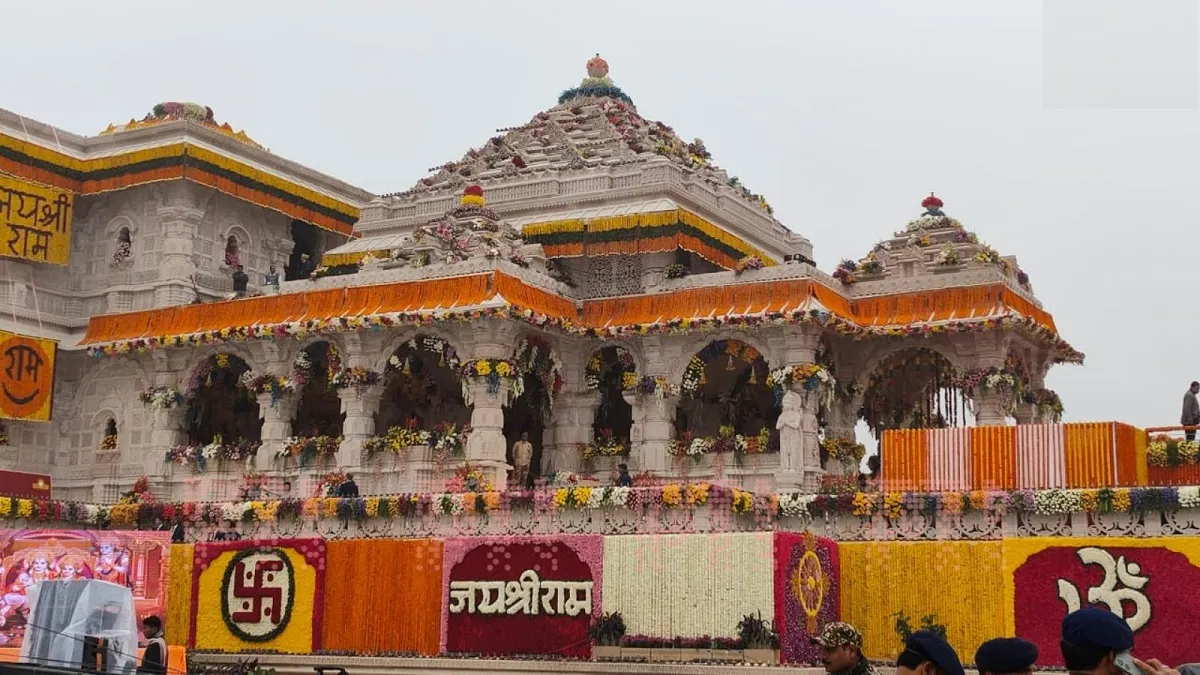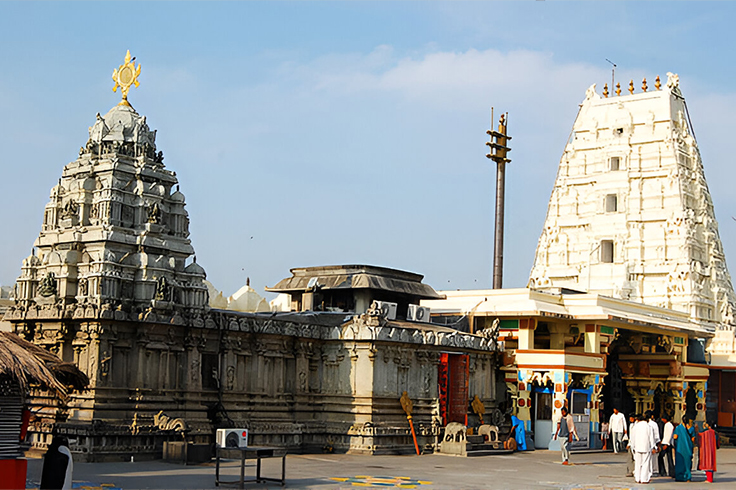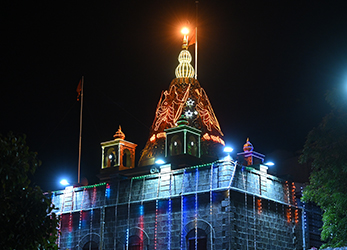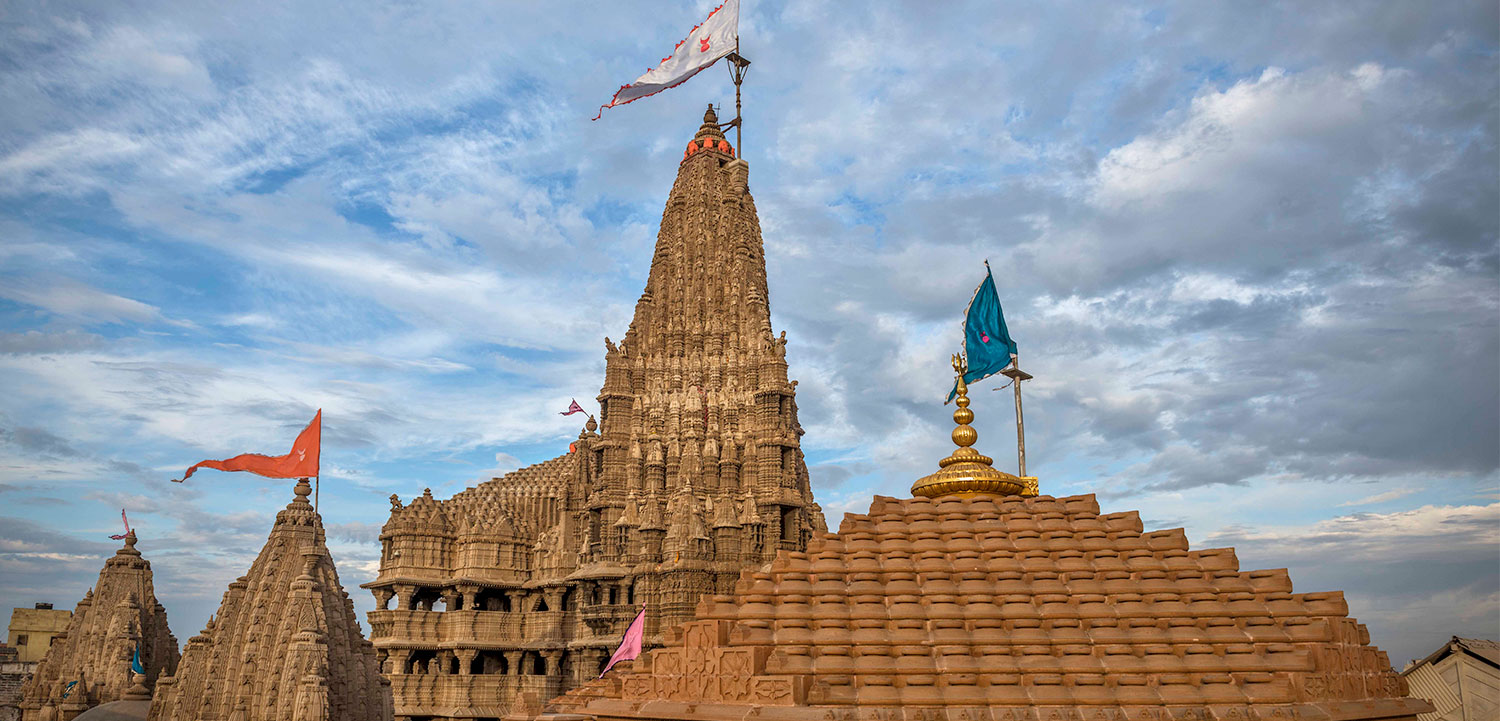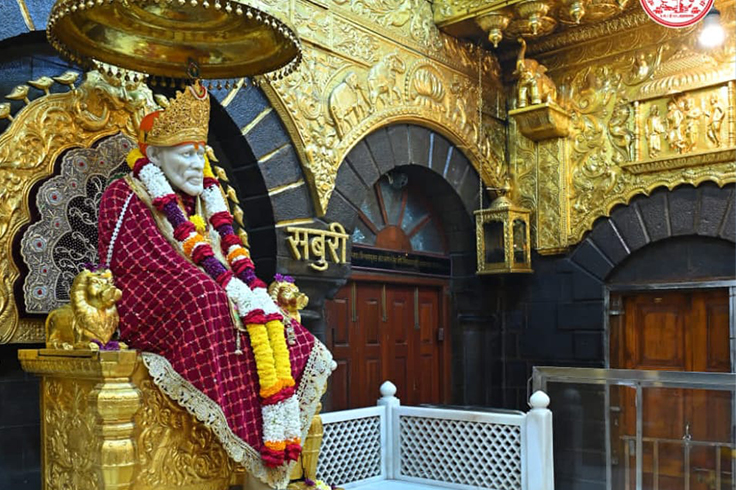
Shri Shirdi Sai Baba Katha
“Sai Baba Katha” refers to the stories, anecdotes, and teachings associated with Shirdi Sai Baba, a revered spiritual figure in India. Sai Baba of Shirdi (1838/1839 – 1918) was a saint and fakir considered by his devotees to be a manifestation of divine love and wisdom. The Sai Baba’s real story encompasses the tales of his life, his interactions with devotees, his miracles, and the spiritual guidance he provided.
Sai Baba’s teachings are often centered on universal love, religious tolerance, and the importance of faith and devotion. His life and sayings have been collected and passed down through generations, forming the basis of Sai Baba Katha. Sai Baba Katha serves as a repository of spiritual wisdom, moral guidance, and inspiration for millions of people seeking to deepen their understanding of spirituality and lead more meaningful lives. It’s a testament to the enduring impact of a humble saint who touched the hearts of countless individuals through his teachings and actions.
History and Origin
The history and origin of the Sai Baba Katha, the Sai Baba real story collection, are rooted in the oral tradition and the historical context of Sai Baba’s life.
Shri Sai Baba lived in the small village of Shirdi in Maharashtra during the 19th and early 20th centuries. He is believed to have arrived in Shirdi at a young age and spent most of his life there. Sai Baba acquired fame for his unique spiritual practices, unassuming lifestyle, and his exchanges with devotees from various backgrounds.
During Sai Baba’s lifetime, there was no widespread documentation of his teachings or stories. Instead, his teachings were primarily conveyed through direct interactions, conversations, and experiences shared among his devotees. People who had personal interactions with Sai Baba often shared their experiences with others orally. As Sai Baba’s reputation and following grew, some of his devotees began to document their experiences and interactions with him. These early writings formed the basis for the stories that would later become part of the Sai Baba Katha.
The first organized efforts to compile and publish Sai Baba’s real story and teachings began in the early 20th century, after his passing in 1918. These writings aimed to capture the essence of his teachings, the miracles attributed to him, and the stories that had been circulating through oral tradition. Devotees, who had experienced Sai Baba’s presence firsthand or heard stories from those who did, played a crucial role in sharing these narratives. It led to the gradual expansion of the Sai Baba Katha beyond the local region.
The Sai Baba Katha draws from a diverse range of sources, including written biographies, personal diaries of devotees, compilations of anecdotes, and collections of his teachings. Some of the well-known early biographies include works by Hemadpant (Sri Sai Satcharitra) and Das Ganu Maharaj (Ganesh Bhaskar).
The Sai Baba real story and teachings of Sai Baba reached a wider audience with advancements in technology and printing. These stories were translated into different languages and disseminated across India and eventually to other parts of the world.
Significance
The Sai Baba Katha holds significant spiritual, cultural, and inspirational importance for devotees and followers of Sai Baba of Shirdi. Spiritual Guidance and Wisdom: The stories and teachings within the Sai Baba Katha offer profound spiritual guidance and wisdom. Devotees turn to these stories for insights into ethical conduct, moral dilemmas, and the path of devotion. The parables and anecdotes in the powerful Sai Baba mantra often contain lessons that encourage selflessness, compassion, humility, and love for all beings.
The Sai Baba Katha inspires and deepens devotion among followers. Reading or listening to the Sai Baba real story of Sai Baba’s interactions with his devotees can evoke a sense of closeness to the divine and reinforce the devotee’s commitment to their spiritual practice. Sai Baba’s life and teachings exemplify the ideals of compassion and selfless service. The Katha underscores the importance of helping others, particularly those in need, and encourages followers to engage in acts of kindness and service to humanity.
The Saibaba mantra plays a crucial role in shaping the cultural identity of Sai Baba’s followers. It provides a shared narrative that connects devotees to their spiritual heritage, fostering a sense of community and belonging among like-minded individuals. Sai Baba’s teachings emphasize the unity of all religions and the universality of spiritual truths. The stories in the Katha reflect this message of inclusivity, encouraging followers to transcend religious boundaries and embrace a spirit of tolerance and respect for diverse beliefs.
The Sai Baba real story of miracles attributed to Sai Baba instills a sense of wonder and reinforces the importance of unwavering faith. Devotees draw strength from these accounts, believing that miracles are possible through sincere devotion and the grace of the Guru. Reading and reflecting on the Sai Baba Katha can lead to personal transformation and growth. Devotees often find solace, inspiration, and guidance in the Sai Baba bhakti song, leading to positive changes in their attitudes, behaviors, and perspectives.
Many followers of Sai Baba undertake pilgrimages to Shirdi, where they immerse themselves in the atmosphere associated with the saint. The Katha serves as a source of preparation and reverence for these pilgrimages, enhancing the spiritual experience. The Sai Baba Katha holds immense significance as a source of spiritual guidance, moral teachings, and inspiration for devotees. It reinforces values of compassion, selflessness, and devotion, while also fostering a sense of community and cultural identity among followers of Sai Baba.
Practice
The practice and rituals associated with the Sai Baba Katha vary among devotees and communities, but they generally involve a combination of reading or listening to stories, reciting prayers, singing Sai Bhajan, and engaging in acts of devotion. The primary focus is on connecting with the teachings and life stories of Sai Baba of Shirdi.
The most well-known Sai Baba real story is the “Sri Sai Satcharitra,” a biographical account of his life. Devotees often read or listen to this text as part of their regular spiritual practice. It consists of chapters that narrate stories from Sai Baba’s life, his interactions with devotees, and his teachings. Reading or listening to the Saibaba Satcharitra is believed to invoke Sai Baba’s blessings and guidance.
Devotees often gather in groups, known as Satsang, to collectively read or listen to the stories from the Sai Baba Katha. These gatherings provide an opportunity for discussion, reflection, and sharing of Sai Baba’s lessons and insights related to Sai Baba’s teachings.
The Sai Baba aarti practice is a way of expressing reverence and devotion to Sai Baba. Arati ceremonies are often performed during Satsang or in Sai Baba temples. Devotees offer various items such as flowers, fruits, incense, and food to Sai Baba’s image or idol. These offerings symbolize gratitude, devotion, and surrender. Prayers are recited, seeking Sai Baba’s blessings, guidance, and protection. Devotees may chant specific mantras associated with Sai Baba as a way to invoke his presence and blessings. Some devotees observe vrat (fasting) on specific days associated with Sai Baba, such as Thursdays. They may also perform puja at home or in temples dedicated to Sai Baba.
Devotees often engage in charitable activities as part of their practice in alignment with Sai Baba’s emphasis on selfless service. It can include feeding the poor, supporting educational initiatives, and helping those in need. Visiting the Sai Baba Temple in Shirdi, participating in the rituals conducted there, and chanting the Sai Baba Maha Mantra are considered a deeply spiritual experience.
Benefits
Engaging with the Sai Baba Katha, the stories, teachings, and practices associated with Sai Baba of Shirdi, can offer a wide range of benefits to individuals who resonate with his teachings and philosophy. The Sai Baba Katha provides valuable spiritual guidance and wisdom, offering insights into ethical living, compassion, humility, and the path of devotion. Reading and reflecting on the stories of Sai Baba’s compassion, humility, and selflessness can inspire inner transformation. Devotees may develop a greater sense of empathy, kindness, and gratitude, leading to personal growth and positive change. Engaging in the practices and rituals of the Sai Baba Katha can deepen one’s sense of devotion and connection to the divine.
The Saibaba teachings emphasize detachment from material concerns and cultivating inner peace. By internalizing these teachings, individuals may experience a sense of inner tranquility and equanimity, even in the face of life’s challenges. Participating in Satsang (group gatherings), rituals, and discussions related to the Sai Baba Katha can foster a sense of community and belonging among like-minded individuals. Sai Baba’s emphasis on selfless service can inspire individuals to engage in acts of kindness and charity.
For those who identify with the Sai Baba tradition, engaging with the Katha by reciting Sai Baba powerful mantra can provide a deeper understanding of their cultural heritage and spiritual roots. The Sai Baba Katha can help individuals find a sense of purpose by encouraging them to lead a life of meaning, service, and devotion. Devotees often turn to the Sai Baba Katha for solace during times of difficulty, grief, or illness.






